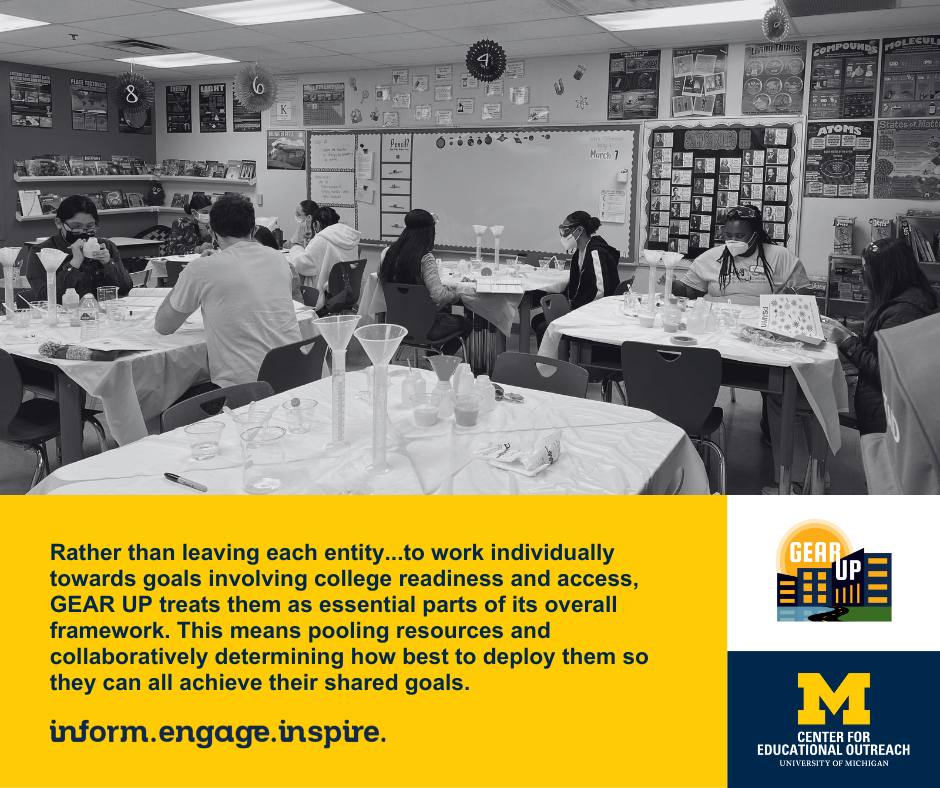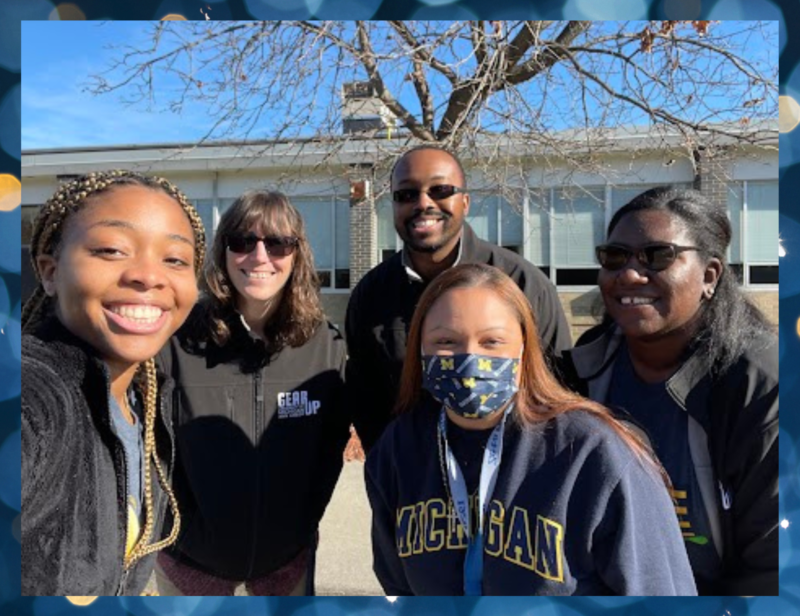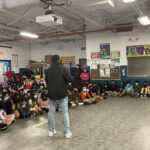
While we often relegate machines to the realm of orderliness and mechanics, we tend to forget their close ties with wonder and creativity. When put together, these three elements have led (and continue to lead) to some of humanity’s most awe-inspiring achievements.
After all, the “Seven Wonders of the World” were built (at least partially) with machines, demonstrating how they can be used to expand our abilities and extend our achievements. Standing in front of these pinnacles of achievement, we are of course in awe of what we see. But we are also in awe of what we don’t see: the complex processes where multiple pieces came together to make them possible. This is the same in education where students and educators collaborate to transform students’ potential into success. At the height of the student’s achievement, we may only witness a snapshot, that glorious moment when a student crosses a stage and becomes a graduate. Yet we know that, like any wonder or great feat, that achievement was made possible by so many opportunities, experiences, people and processes—and yes, structures and machines.

Some might say that it is less than poetic to compare education to a machine. However, it is metaphorically comparable to the process through which students convert effort into empowerment and achievement. That is why the University of Michigan’s GEAR UP program is largely built on this premise. It brings together important educational factors—student services, academic and college preparation, non-cognitive skills, family knowledge and engagement, and professional development—to help students develop college readiness skills and prepare for success. It recognizes that all of these factors are essentially gears: mechanisms that, when aligned properly, interact to perform a specific feat. When connected, they work together more efficiently than they would apart and they achieve the program’s primary goal: increasing the number of students from
Michigan’s low-income communities who are prepared to enter and succeed in postsecondary education.
Part of a multi-year, federally funded national grant program rooted in early holistic intervention, the GEAR UP program—Gaining Early Awareness and Readiness for Undergraduate Programs—brings together all aspects of a student’s community to create an elevated level of long-term support. A collaborative system, the program’s philosophy is to utilize and combine the assets already available in a student’s community to help them develop educational skills, a sense of belonging, and self-advocacy they will need to be successful in postsecondary environments. A unique piece, or gear, in this system is the extensiveness of the engagement and support. From the time they are in the seventh grade until they complete their first year of college, GEAR UP students will have this community and all of its resources available to them. These 975 students will also receive vital technology—such as chromebooks and educational materials—and participate in significant program experiences, such as cultural enrichment, workshops, and pre-college summer programs.
Rather than leaving each entity (i.e. families, schools, local communities, colleges) to work individually towards goals involving college readiness and access, GEAR UP treats them as essential parts of its overall framework. This means pooling resources and collaboratively determining how best to deploy them so they can all achieve their shared goals.



A College Odyssey: one student’s journey through meaningful detours and new destinations to find purpose
Staff Spotlight





